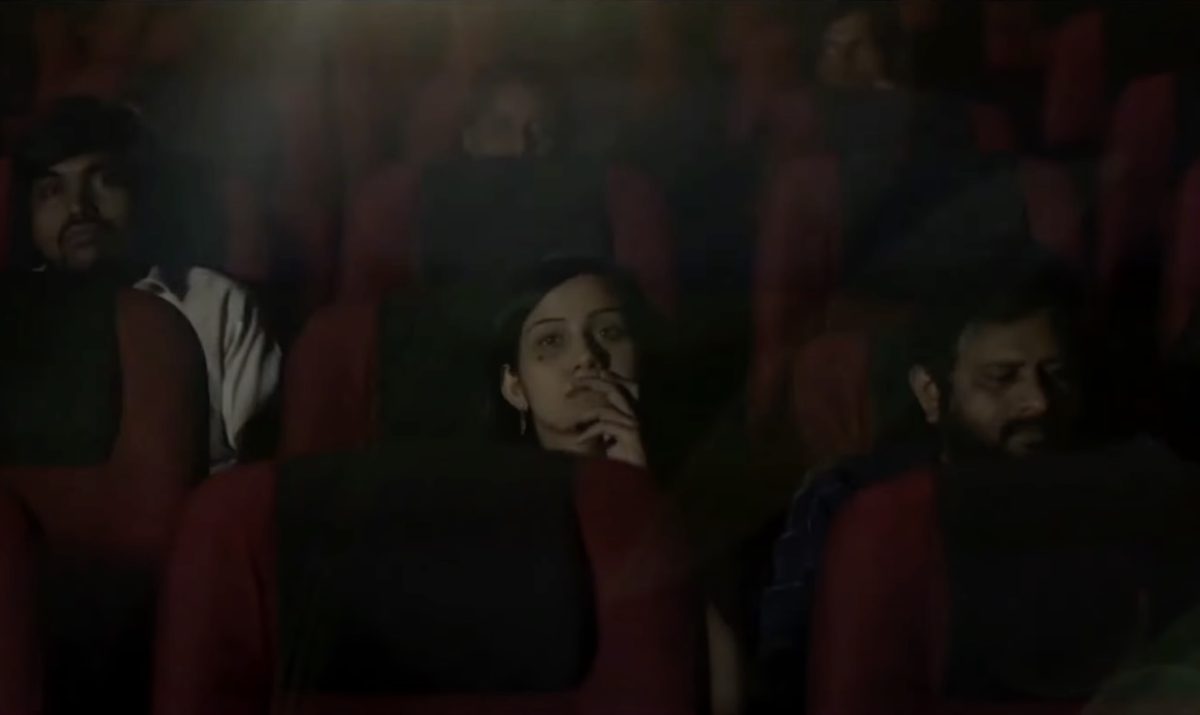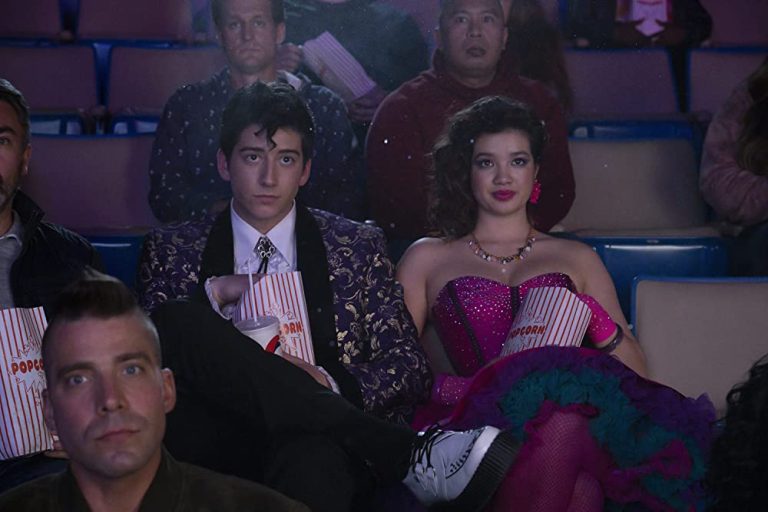As I came out of the cinema hall, I saw Bidya Ba standing outside with the rest of the cast and crew. They smiled and asked me how I liked the film. I didn’t know what to say. I smiled and replied, “bhal lagil” (it’s a nice movie), but I wasn’t sure at that moment I meant it. So later, I told her I was still taking time to process the film. When I got home, I kept thinking about the scenes, the images, and all the questions the film left me with. Collage (2025), directed by Amardeep Gogoi, lives up to its name.
What we see is an amalgamation of images and shots, each picture telling a story of its own. It is in those stories that the importance of this film lies. Set in Assam during the 1980s and 1990s, it paints a portrait of a turbulent time, viewed through the rise of communism and its struggles. Two young men, Abhinash and Baikuntha, get swept up in the tide, rise with a dream to transform society, but what follows is where the real story begins.
The film opens on a sombre note. The way Baikuntha is shown running around the jungle, screaming, crying, looking for his loved ones, only to find his mother and sister lying there, covered in blood, dead, prepares the audience for a difficult watch. This prologue scene sets the tone that this is a story of loss, unrest, and one that will likely leave you with questions and a sense of unease. It’s as if Gogoi is initiating the horror of that period through this scene and the ones that follow. Collage (2025) doesn’t comment on anything.
It simply shows you a picture, whether it’s state-sponsored violence, violence by local rebels, or the chaos both sides created. The scene where the husband is taken from their home, and his pregnant wife walks to the police station with a daa (broadsword) in hand, bleeding from a probable miscarriage, is powerful.
The night before, we see them sleeping peacefully together. The next thing we see is their dead bodies, one inside, one outside the police station. It doesn’t just show what happened; it shows the randomness and fragility of life in a conflict zone, how quickly the mundane can turn tragic.
When Aaimoni (played by Bidya Bharati) writes a letter to Baikuntha (played by Kula Kuldip), and we see the incidents flash back as she utters each line about how things are at home, it becomes one of the most brilliant moments in the film.
She says, “Tuk bisari maje maje ghoroloi police aahe” (the police come here searching for you), and we immediately see a shot of the police harassing her. She doesn’t explicitly tell this to her brother, but it’s implicit in her tone and in what we see visually. This is an example of disjunction between diegesis and image, which forces the viewer to read between the lines and do the emotional labour to complete the story.

Gogoi trusts the audience to understand the subtext. That’s how the director uses cinema not just to show, but to strategically withhold. Gogoi deals with the story tactically. There isn’t a rigid, conventional single plot; instead, there are multiple subplots, like short stories within an anthology, meant to create a collage of images from the period.
It’s as if these are multiple testimonies, and the camera refuses to commit to just one. Gogoi likely knows it’s hard to capture the intensity of the time through a single narrative, so he spreads his focus across different subplots, which mostly works. But this also dilutes the emotional depth the film could have had.
The whole time I was watching the film, it felt like something was about to happen. That sense of curiosity is built throughout. But in the end, when you look back, the story feels flat; it doesn’t quite arrive anywhere; it just settles. At first, that bothered me. Then I thought, maybe Gogoi is intentionally avoiding a conventional climax, instead choosing to let the story trail off, like life often does. But even so, that doesn’t excuse the film’s weak screenplay. There’s hardly anything to complain about when it comes to the film’s technical aspects.
It’s been a week since I watched it, and the images are still vivid in my mind; that alone says enough about the film’s visual impact, for which Nahid Ahmed deserves praise. It doesn’t just tell a story, but takes you into a world of nostalgia, building it with every scene. Particularly, the production design is so grounded that the authenticity of Assamese culture comes through beautifully. The first scene, where we see the characters preparing for a function and making the rabha out of coconut leaves, is something the audience will likely remember for a long time.
This film may not be as commercially successful as other contemporary films, but it leaves a mark. It reminds you of a period that the new generation knows little about. As Gogoi says, “Sometimes, remembering is the most radical thing art can do.” And his film does exactly that. I may not remember every subplot, but I’ll remember the feeling the film left behind. That’s what stays.



![The Rental [2020] Review – Voyeurism and Paranoia abound Dave Franco’s directorial debut](https://79468c92.delivery.rocketcdn.me/wp-content/uploads/2020/07/The-Rental-Movie-Review-highonfilms-768x432.jpg)

![Huesera [2022] Review – A bone-crunching folktale that distills the anxieties of modern-day motherhood through the lens of self-deception](https://79468c92.delivery.rocketcdn.me/wp-content/uploads/2022/12/Huesera-2022-Movie-Review-768x431.jpg)

![Incendies [2010] : The Horrors Of Revelations.](https://79468c92.delivery.rocketcdn.me/wp-content/uploads/2017/03/Incendies-768x448.jpg)